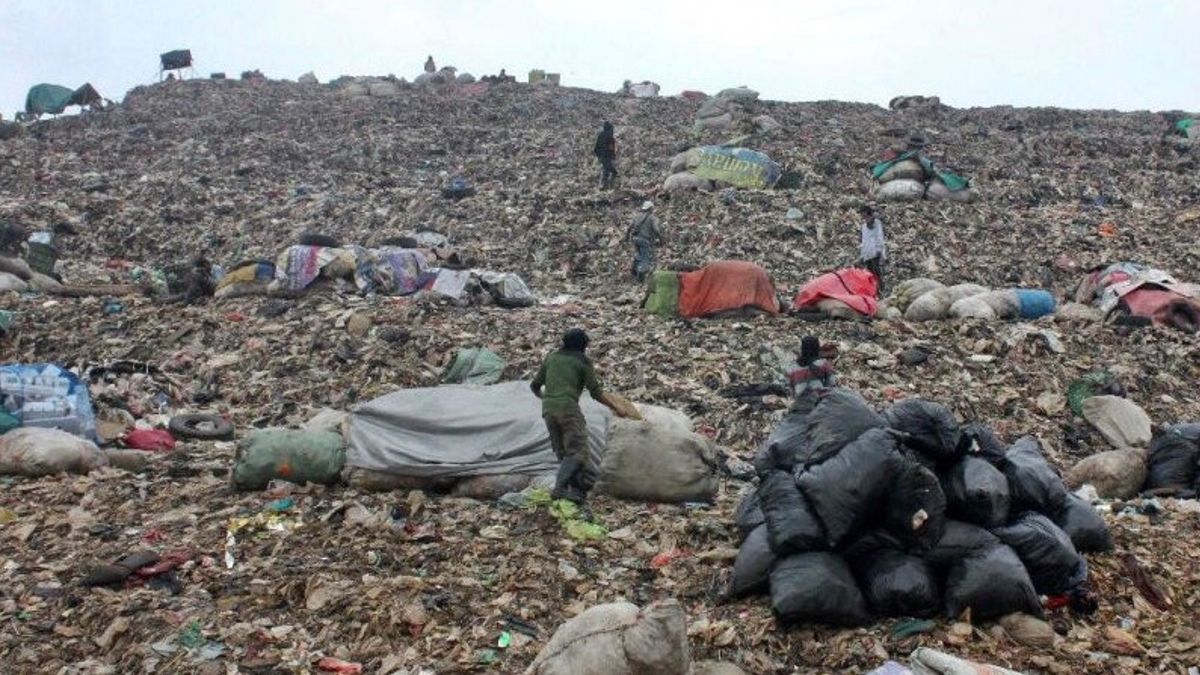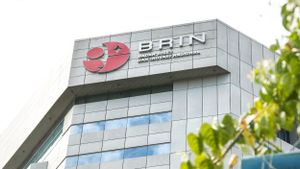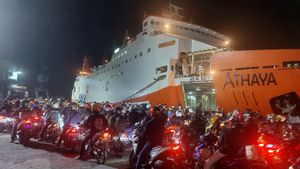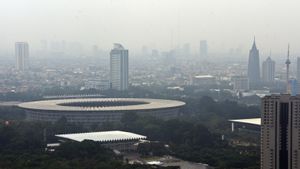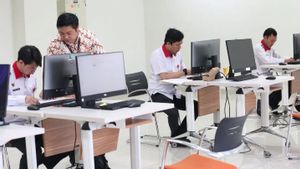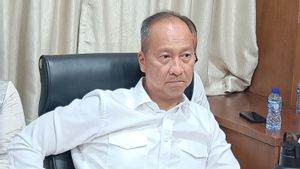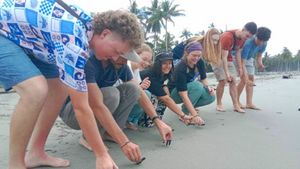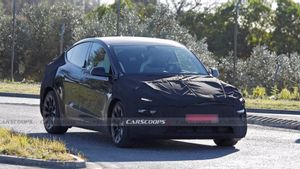JAKARTA The DKI Jakarta Provincial Government plans to stop the Intermediate Treatment Facility (ITF) construction project and replace it by building a Official Derived Fuel (RDF) plant waste management facility in Rorotan, North Jakarta.
This is because the ITF project has not been implemented until now. So, said the Head of the DKI Environmental Agency (DLH) Asep Kuswanto, the process that has been running must be postponed and even canceled.
"It's time for the DKI Provincial Government to take another step by prioritizing the construction of RDF plants," Asep told the media crew on April 27, 2023.
ITF development has been initiated since the era of Governor Fauzi Bowo as an effort to overcome the capital city's waste problem, which amounted to 6,200 tons per day at that time. Through ITF, waste will be processed first so that the volume of waste dumped to the landfill at the end of Bantargebang can be much reduced.
ITF is a waste processing facility with a private to energy concept that is supported by environmentally friendly technology. Technology-based, waste can also have added value, capable of generating electrical energy for the community.
In accordance with the 2012-2032 DKI Jakarta Provincial waste management masterplan, ITF will be built in 4 locations, namely in Sunter, Cakung, Marunda, and Duri Kosambi. However, in the process the project stalled reportedly because the auction system was unclear to the budget that was lost in the APBD.
President Jokowi in 2016 then issued Presidential Decree 18 regarding the Planning for the Development of Waste-Based Power Plants in seven cities in Indonesia, including Jakarta. Along with that, the DKI Provincial Government through Pergub 5 of 2016 has also appointed PT Jakarta Propertindo (JakPro) as the implementer of the ITF project development.
However, the reality is that no ITF project has been realized to date. PT Jakarta Solusi Lestari (JSL), a subsidiary of PT JakPro appointed to run the project, according to Asep, also did not find a suitable partner.
"The process took too long. I was accompanying the Sunter ITF only from 2016, until now there has been nothing," said Asep.
Thus, prioritizing RDFplant is the best solution. In addition to the lower cost and the construction will not take long, this project will also be able to run independently.
This is because the results of waste processing through RDFplant can be used as industrial fuel, equivalent to young coal.
"For example, RDF plant which has been soft launching in Bantargebang. We are collaborating with several companies. The proceeds from processing the waste will be purchased by PT Indocement and Semen Indonesia," said Asep.
RDF di Bantargebang diklaim mampu mengolah sampah hingga 2.000 ton. Ke depannya, bukan bahkan hanya pabrik semen. Kalau operasinya semakin baik dan produksi semakin meningkat, menurut Asep, Perusahaan listrik tenaga vapour juga kemungkinan bersir kerjasama.
The RDF development in Rorotan is still in the process of exploring with the Regional Cooperation Bureau (KSD). The plan is that the construction of the facility will utilize 6 hectares of land belonging to the DKI Jakarta City Parks and Forest Service, which is located far from residential areas.
"Hopefully, the construction can run next year," added Asep.
RDFplant is a derivative technology of waste mining. The process consists of 4 main stages, namely the process of breaking down, drying, separating, and the procurement process.
The waste breaking process is carried out by reducing the size of the waste. According to Dumbaugh, the United States Patent measures about 6 inches and can be reduced again to 2 inches.
After that, the process continues to dry by flowing high-pressure gas to remove water levels and remove the foul smell of garbage.
Then to the process of separating components by reducing the dried waste so that it is not mixed with iron and aluminum content. In this process, waste is also mixed with special fluids that can kill rotting microorganisms.
Finally, the procurement process uses machines. The resulting RDF solids can be in the form of pellets or briquettes with high densities, have a good level of strength, are more stable, homogeneous and long-lasting. The estimate is that 750 tons of waste can produce 120-102 tons of RDF fuel.
RDF which contains plastic and paper, according to observers of waste problems and the environment of Enri Damanhuri, is suitable for cement production fuel because it has a high price.
The value of plastic liquid, said Enri, as quoted from Majalah Tempo, can reach 10 thousand kilo calories per kilogram (kkal/kg), while paper equivalent to coal is 6,000 kkal/kg. Meanwhile, household waste such as food and wood has the same value as low balar coal, 4,400 kkal/kg.
In addition, the burning of RDFs in cement factories operates at temperatures above 1,500 degrees Celsius so that diocsin is not formed. Indeed, the burning of RDFs in cement factories will produce 15-20 percent residue in the form of ash, but this is actually beneficial because ash is part of the cement products to be produced.
"For PLTU, the trial stage is still in the trial stage because PT PLN is more selective towards RDFs that contain plastic. There may be equipment that is disturbed, especially in terms of resilience when using RDFs containing plastic," he said on February 24.
It is undeniable that waste is a serious problem faced by all countries, including Indonesia. Based on data from the National Waste Management Information System (SIPSN) of the Ministry of Environment and Forestry (KLHK), the volume of waste generation in Indonesia in 2022 will reach 19.45 million tons.
If it is not resolved properly, the emergence of waste can have bad effects on the environment, polluting soil, water, and air. So that the waste processing method is no longer enough just to throw it away, flatten it, and tighten it. Need other methods that are more environmentally friendly and can produce more benefits.
A number of countries such as Germany have succeeded in overcoming these problems. For two decades, the German government has continued to strive to increase public awareness about the added value of waste as a source of useful raw materials and energy.
Various rules were made, including updating the Closed Cycle Management Act. In this regulation, the government also provides the responsibility of waste processing to producers and product distributors.
The results are quite effective. There has been an increase in awareness of sorting waste, the use of renewable technology, and the capacity for recycling. In fact, according to the journal Waste Management in Germany-Development to a Sustainable or Circular Economy, 14 percent of raw materials used in the industrial world in Germany come from today's waste.
Germany has also succeeded in implementing a recycling scheme that can reduce the total national waste by 1 million tons each year.
What about Indonesia? Of course realizing it requires a strong commitment from the government, stakeholders, and the community.
If you look at Germany, the government must make policies related to good waste processing, in collaboration with environmentally-oriented stakeholders and renewable energy. Also make strict rules regarding waste sorting, from producers, distributors, to consumers.
SEE ALSO:
The English, Chinese, Japanese, Arabic, and French versions are automatically generated by the AI. So there may still be inaccuracies in translating, please always see Indonesian as our main language. (system supported by DigitalSiber.id)
